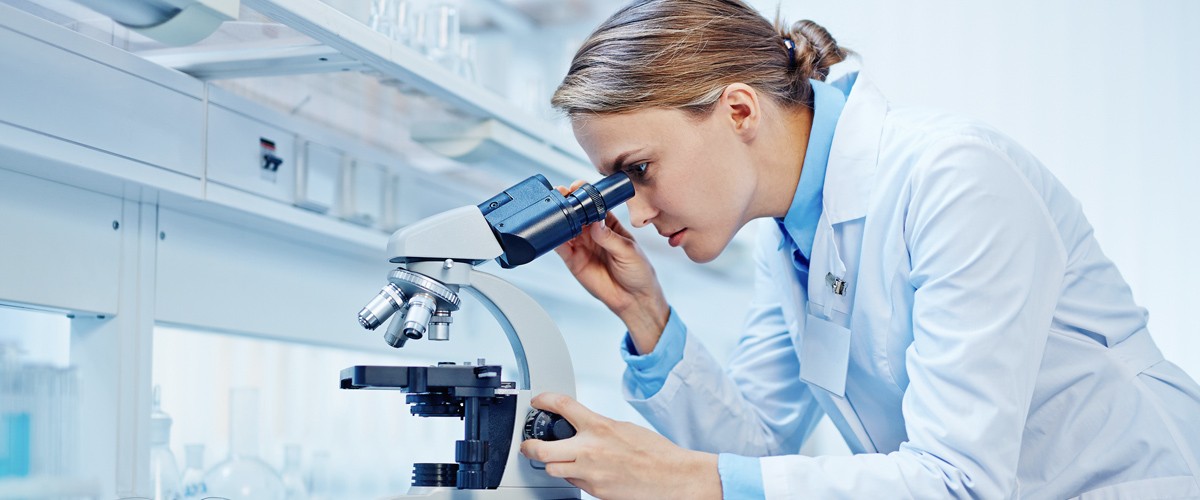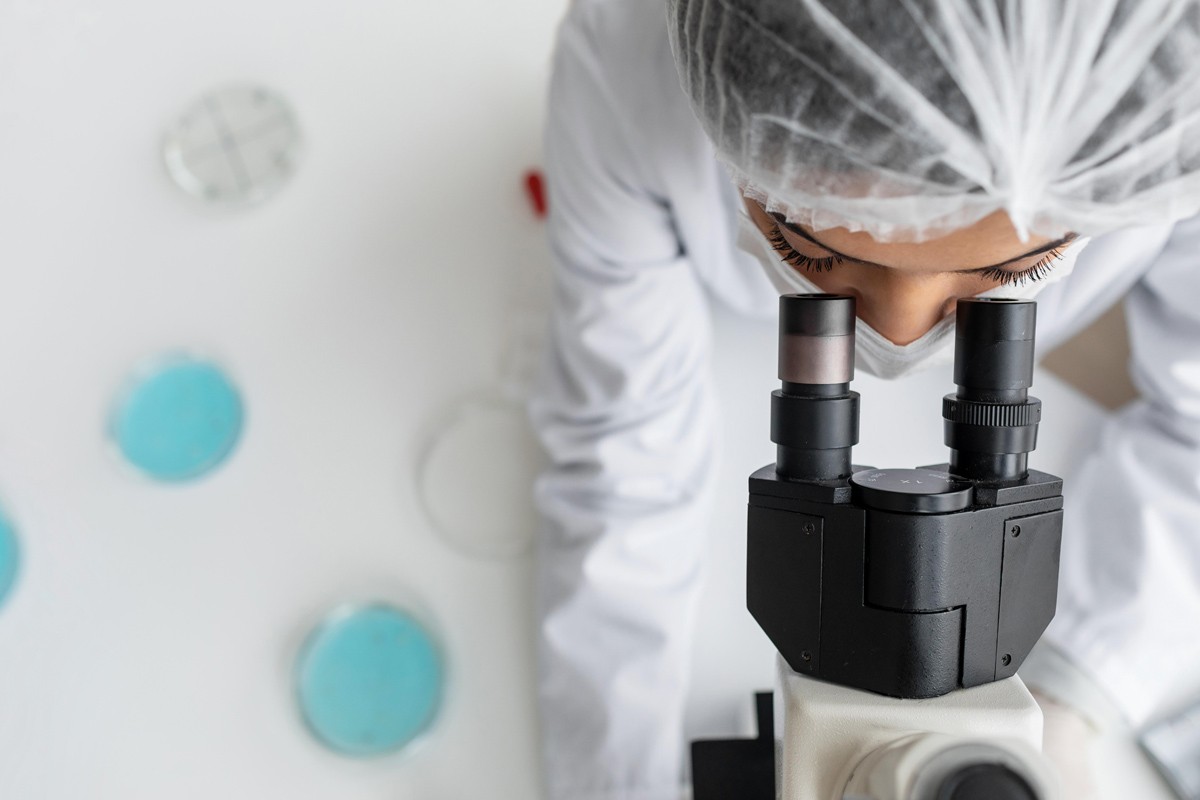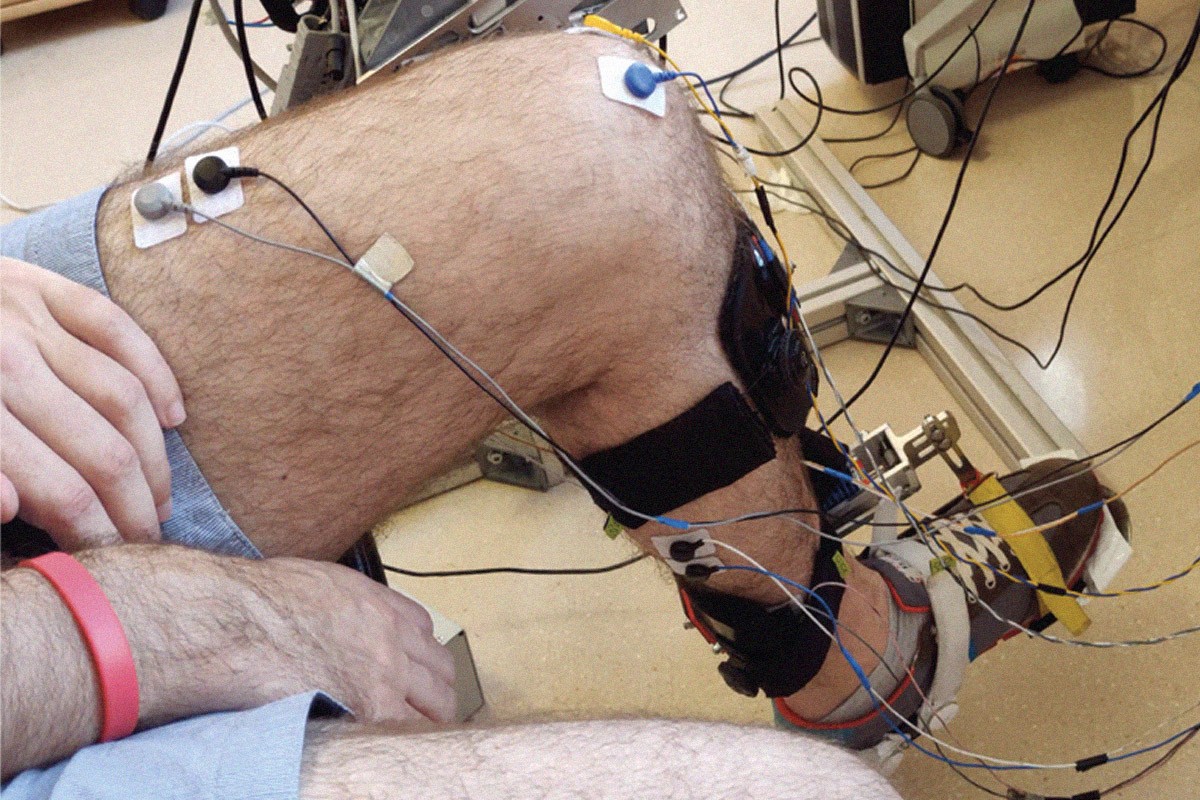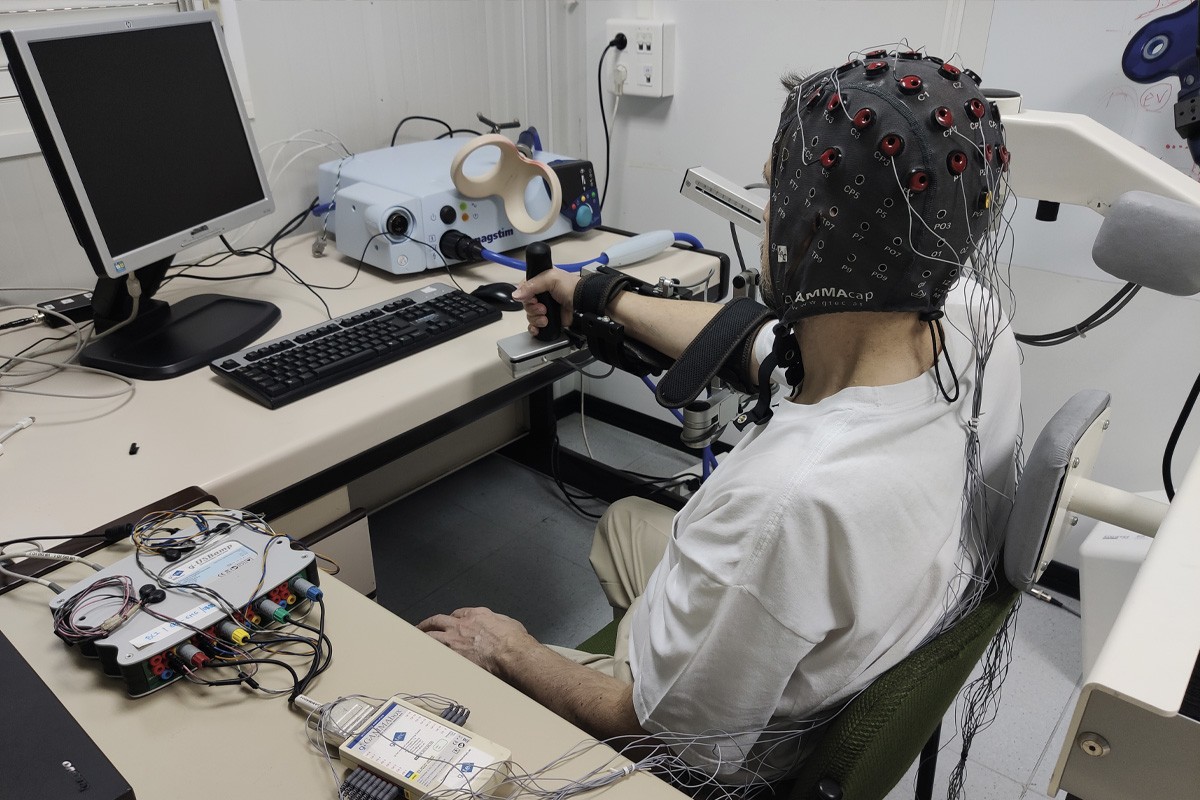THE CAJAL INSTITUTE
Objetives
Objetives and core values

Knowledge of the structure and function of the brain
Since its creation in 1920, the IC has developed cutting-edge scientific research producing a beneficial impact for the society, while maintaining strong links with academic institutions around the world. The leadership of the IC reached its climax in the 1990s, boosted by the move to its current headquarters in Avenída Doctor Arce 37, Madrid, and by the
incorporation of numerous young groups that promoted the study of the brain towards the most modern standards of the time. This golden age of the institute, which casts its shadow over an unquestionable international prestige, is currently threatened by the vibrant scientific-technical revolution that Neuroscience is experiencing in the developed world. The need to incorporate new lines of research and management, to update and expand its facilities and to have an impact on this new time from clinical translationality and social commitment make the need for an ambitious strategic plan that consolidates the IC as an imperative international benchmark.
To meet this objective, it has been considered necessary to move the current headquarters of the Institute in Madrid to a new headquarters and thus insert the research capacity of the IC in new niches of innovation, training and transfer through its future neighbor the Cajal International Neuroscience Center (CINC). This project will notably reinforce a University Campus of Biomedicine in which consolidated public organizations (University and University Hospitals, and CSIC) would participate to ensure the success of the project. This multi-institutional and complementary environment in terms of its range of activities (academic, researcher and clinical) allows conceiving a development ofan innovation network that, in short, aims to transfer to society the advances that affect the improvement of quality of life, and understanding our own human nature.
The objectives of the strategic plan of the IC 2022-2025 were designed in line with the global challenges of the strategic plan of the CSIC for 2022-2025, the forthcoming National Plan for Research and the EC Program Horizon Europe 2021-2027. The main aim of this alignment is to promote the participation of the research community at the IC in the three main research Pillars – Excellence Science, Global Challenges and Innovation – and to contribute to the Spanish scientific leadership. Based on the above analysis, six strategic objectives have been defined. These objectives fulfil CSIC global challenges as follows:
- Scientific integration. To implement a strategic scientific plan by integrating current and novel research lines to produce high-impact outcomes and to develop our capacity to generate and share data and knowledge globally promoting Open Science.
- Strengthening of center facilities. Reinforce the center facilities and services to enhance structures for collaboration across departments and with international centres as well as to facilitate the implementation of the plan to attract and promote talent.
- Talent attraction and promotion. Establishment of a strategic plan to attract and promote excellent talent to ensure the quality of education and experience which enables students to apply the values, skills, and intellectual discipline they have acquired in their professional careers, and to generate a lifelong sense of connection with the IC.
- Internationalization and research alliances. Increase the capacity of the research teams for participating in high- level initiatives to ensure the International Spanish leadership and to reinforce the current collaborations and to establish novel research alliances.
- Dissemination and Exploitation of project outcomes. Promote outreach activities in order to become visible the project results when achieved and to make use of or derive benefit from the projects results.
- Ethics and Gender. Ensure an ethically compliant research center and promote gender equality and diversity.






Research and training committed to society
Research at the Cajal Institute aims to provide basic knowledge about brain structure and function during development and in the adult. Providing a better understanding of the physiopathology of brain diseases of great social impact, and development of neurorehabilitation methods to improve the functional or health outcomes of people with physical disabilities is one of our major goals.
Comprehension of basic mechanisms of nerve function will certainty provide cutting-edge opportunities to transfer leading-edge knowledge and technologies to society and industry. Following multidisciplinary approaches, the center is committed to promotion, coordination, development, dissemination, advice, personnel training and talent attraction, as well as reinforcement of social awareness about neurological diseases. Disseminating to society the importance of brain research through active collaboration with scientific societies and local associations of patients with neurological conditions is also actively pursued.

Vision
The purpose of the Cajal Institute is to be a reference international center in research, development and innovation in the field of Neurosciences, capable of attracting the best researchers, as a key to the development of its activity and sustainability.
Mision
Being aware on the social role that any public research center must have, which implies a clear and visible return to society, in addition to fundamental and applied research, the IC considers the following aspects as part of its mission:
Transference
Transfer of research results to the clinic and industry, for example, through the creation of spin – off companies to exploit the results or promote trials is one of our priorities. The institute must become a scientific-technological tractor, collaborating with companies (pharmaceutical companies, scientific-medical- clinical equipment, neurorehabilitation technologies) and patient associations. The spaces that the new center has on the University Campus should be complemented by the location, in the facilities provided by the UAH and destined for innovation, of spin-offs and groups with a clear translational orientation, including spaces for the provision of services. In this sense, we understand that a business model can be developed based on the provision of services to third parties in which most of the services listed in the following section could be integrated.
Training
Neuroscience training at both undergraduate and postgraduate level is essential for a modern institution to thrive, both in its aspect of offering the knowledge acquired in the formats that society requires for students in training, as well as to connect with the university environment to recruit the best students to be trained in the IC laboratories. Regarding student formation, the Institute has strong links with neighboring universities in the Madrid region and aims to keep the same fruitful level of collaboration with all of them. Most research group leaders (PIs) in the Institute are already involved in different master courses and regularly receive students from national and international institutions. Establishment of new links with academical institutions is being actively pursued as well as keeping the current links. Also, Institute members regularly participate in different types of public events to disseminate our research activities. These include a variety of public activities (science fairs, public lectures, open-door sessions, media interviews etc.). Currently, the IC cooperates in teaching programs of university master’s degree in neuroscience. Also, it welcomes students from foreign institutions (undergraduate internships, final degree projects, end of master, doctorate, Erasmus + program, Fulbright … etc). Of particular interest is our post-graduate research program offering multidisciplinary teaching adapted to the new models of the Europe of knowledge. Also, specialization training for technicians is provided. In accordance with all this, the new IC at the UAH campus plans to lead a new International Master and PhD Program in Neurosciences in collaboration with the International University “Menendez Pelayo”, using when necessary the teaching collaboration of scientists from around the world. We seek to generate new professional opportunities inside and outside the academy, influencing the training not only of tomorrow’s scientists, but also future high-school teachers, journalists, philosophers, historians, etc. These training programs will be open to students from all countries of the world according to a strict selection
IC – 2criterion. We aspire through this program to be recognized by the NENS Committee of the Federation of European Neuroscience Societies-FENS and to achieve collaboration systems that guarantee an associated scholarship program.
History
The IC became heir to the work of Cajal and his Spanish Neurohistological School, receiving in inheritance his Legacy. Thus, the IC is and should be a flagship in neuroscience within our institution. Given the validity and timeliness of the” Cajal Legacy”, both in terms of the history of science and for current research, it is essential to have a “Cajal Museum”. In this regard, it should be pointed out that the “Archives of Santiago Ramón y Cajal and the Spanish Neurohistological School”, are included in the Memory of the World Register in 2017.
Dissemination
Quality scientific dissemination must be one of the essential elements of current and future scientific activity. The IC has a section of Scientific Culture as such, and we consider that its support is fundamental. This, without detriment to the already traditional participation of the IC´s personal scientist in outreach activities that seek to reach Spanish society and in particular patient associations related to the world of Neurology and Psychiatry


Related information

Neuroscience Research Center dependent on the CSIC. Founded in 1920 and initially directed by Santiago Ramón y Cajal. World reference in the study of the brain. Custodian of the Cajal Legacy.
Activities
